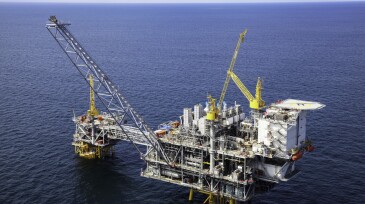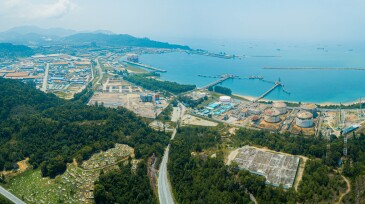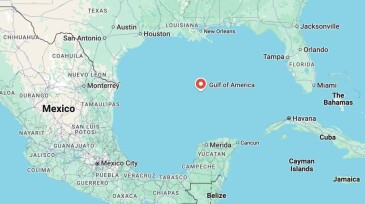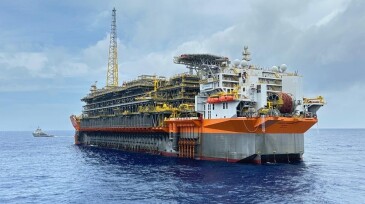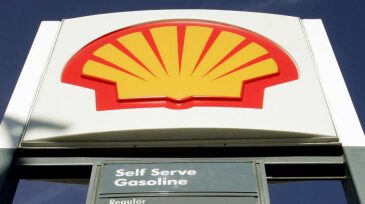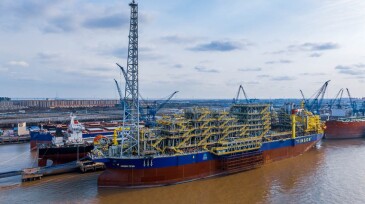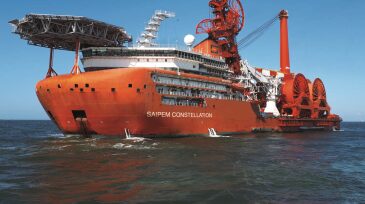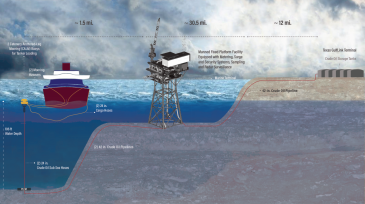Onshore/Offshore Facilities
Vår Energi ASA and partners have officially sanctioned the Previously Produced Fields Project in the Greater Ekofisk Area. The redevelopment is expected to add high-value barrels starting in 2028, extending the production life of one of Norway’s key offshore regions.
Sponsored
As HPHT wells push equipment to the edge of material limits, operators are turning to advanced thermoplastics and sealed electrical assemblies to maintain system integrity. From ESP insulation to BOP control systems, the right component design can prevent failures, lower intervention costs, and extend equipment life in the harshest offshore environments.
The new development is estimated to hold 46 million bbl of recoverable oil and is planned to start up in late 2028.
-
This article is the second of a two-part series on produced-water management in the Gulf of Mexico and covers four themes: equipment, process configuration, operations, and effluent quality.
-
The proposed joint venture aligns with Eni's satellite model strategy to create entities that manage operations and access capital markets separately from the parent company.
-
Mero expects to increase its production capacity to over 700,000 B/D.
-
The new burner, created with the help of machine learning and additive manufacturing, promises high methane destruction efficiency and combustion stability even in windy conditions.
-
Updates about global exploration and production activities and developments.
-
Discovered in 2010, the Búzios field offshore Brazil achieved a new milestone with the installation of its sixth production facility.
-
Key drivers of the rapid growth projection include Asia’s economic outlook and the rise of artificial intelligence.
-
The floating production, storage, and offloading vessel is the first in the world with a postcombustion carbon capture pilot system.
-
The engineering and construction firms take the first steps toward combining companies.
-
Texas GulfLink now turns to satisfying licensing conditions for the export terminal.




